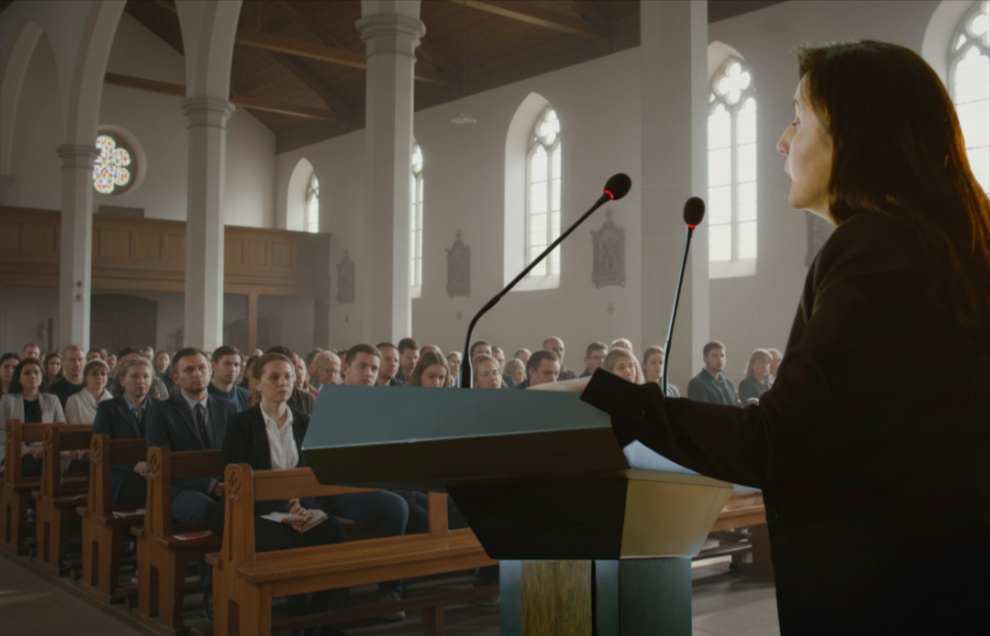A Comprehensive Guide to Navigating Proper Funeral Etiquette & Traditions

Respecting Traditions in Times of Loss
Funerals are solemn occasions that honor the deceased and support grieving families. Proper etiquette ensures respect and sensitivity, especially when navigating diverse cultural and religious customs. This guide highlights essential practices for attending services with dignity.
Key Etiquette and Cultural Insights
Arrive early, dress conservatively, and silence phones to maintain decorum. Participation in rituals-such as prayers or hymns-should align with personal beliefs while respecting family traditions. Faith-specific customs vary: Catholic services often include a funeral Mass and committal rites; Protestant services range from formal liturgies to celebrations of life; Jewish funerals emphasize simplicity and swift burial; Islamic traditions prioritize modesty and prompt interment; Hindu customs center on cremation and post-service rituals. Understanding these differences helps attendees show appropriate respect.
Offering Comfort Beyond the Ceremony
Express condolences sincerely, whether in person, through cards, or with memorial contributions. Practical gestures-like providing meals or assistance-offer meaningful support. Post-funeral receptions allow for shared memories, while ongoing check-ins in the weeks and months ahead remind the bereaved they are not alone. Ultimately, funeral etiquette is about compassion, presence, and honoring life in ways that bring comfort and connection.
Read the full 16-page article. FREE Download for your convenience.
Click the button below.




